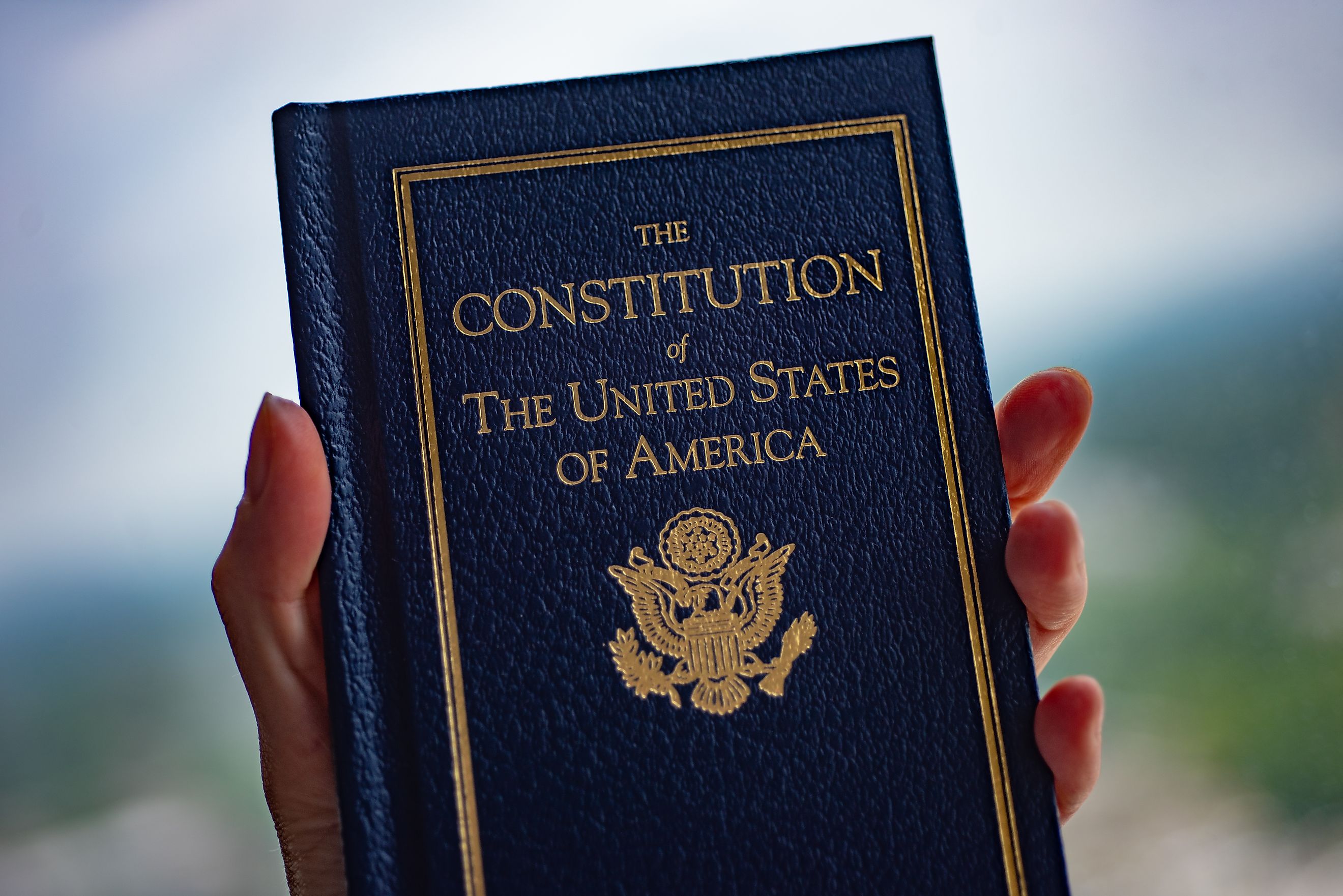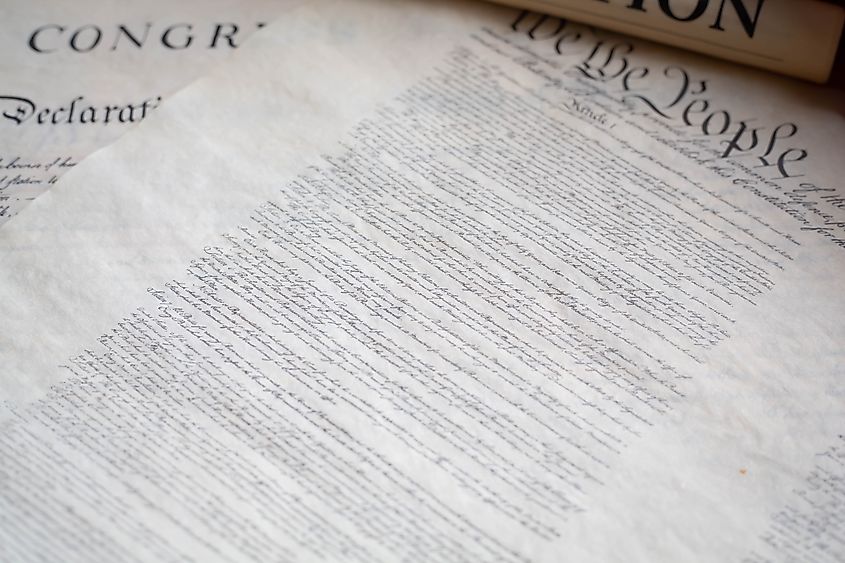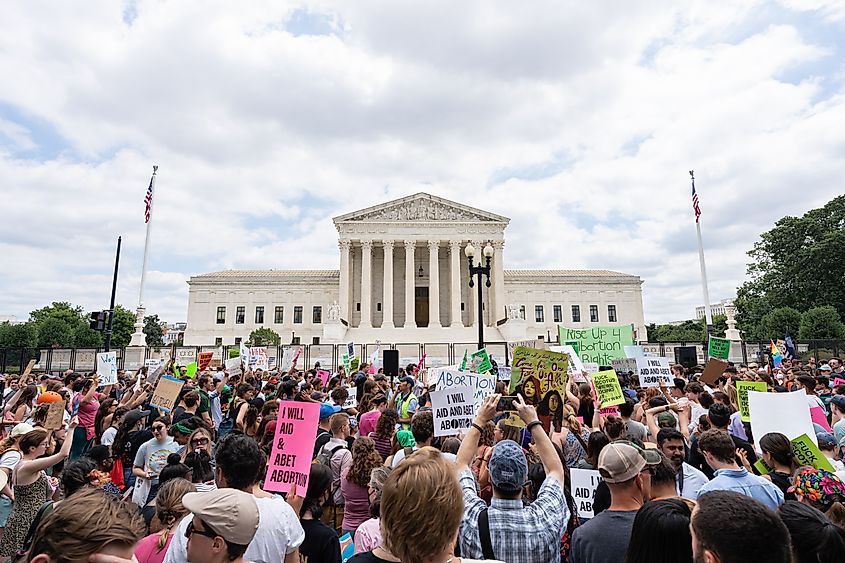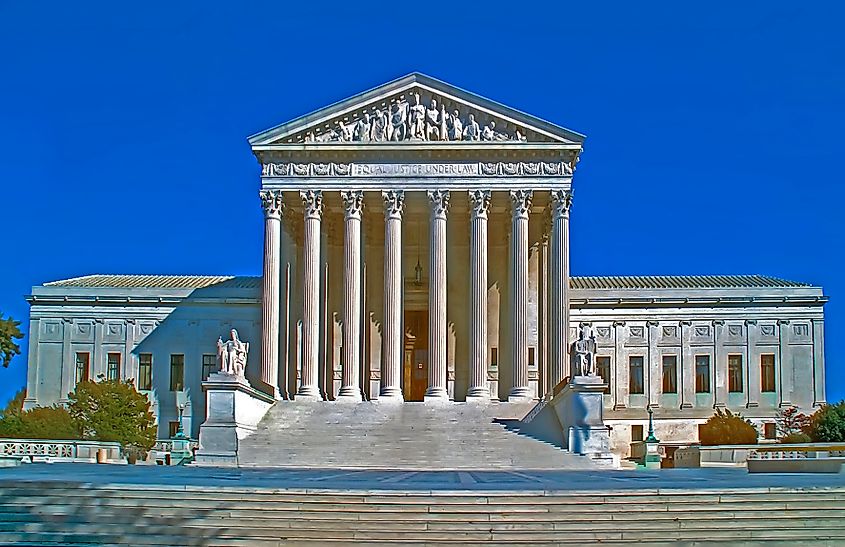
How Many Amendments Does The Constitution Have?
How many amendments does the US Constitution have? The answer is 27, but that number represents far more than a simple count. Each amendment reflects a pivotal moment in American history when the country decided to adjust, clarify, or expand the principles laid out in its founding document.
These changes didn’t happen easily. They required national debate, political courage, and often, years of public pressure. Together, the amendments tell the story of a nation constantly striving to balance its original ideals with the realities of a changing society.
The Constitution: A Living Document

The US Constitution was adopted in 1787, ratified by the states in 1788, and went into effect in 1789. From the beginning, the Founding Fathers understood that this framework would need to adapt over time. Article V of the Constitution outlines the amendment process, allowing for changes when a supermajority of both Congress and the states agree.
Amendments require significant consensus to become law. A proposed amendment must pass both houses of Congress by a two-thirds vote and then be ratified by three-fourths of the states. This high bar is intentional. It ensures that only amendments with broad support become part of the Constitution.
The First 10: The Bill of Rights

The first 10 amendments, known collectively as the Bill of Rights, were ratified in 1791. They were added shortly after the Constitution’s adoption in response to widespread concern that the original document did not do enough to protect individual liberties.
These 10 amendments guaranteed fundamental rights such as freedom of speech, religion, and the press, as well as protections against unreasonable searches and cruel punishments. The Bill of Rights remains a cornerstone of American law and identity.
From 11 to 27: A Historical Overview

Since the Bill of Rights, the Constitution has been amended 17 more times. Some amendments addressed procedural issues, such as how the president and vice president are elected. Others marked major shifts in social and political life, like the abolition of slavery and the extension of voting rights.
-
The 13th Amendment (1865) abolished slavery in the United States.
-
The 14th Amendment (1868) granted citizenship to anyone born in the US and guaranteed equal protection under the law.
-
The 15th Amendment (1870) prohibited denying the right to vote based on race.
-
The 19th Amendment (1920) gave women the right to vote.
-
The 26th Amendment (1971) lowered the voting age to 18.
Each of these amendments was a product of a particular historical moment and responded to demands for justice and inclusion.
The Most Recent Change: The 27th Amendment

The most recent amendment, the 27th, was ratified in 1992. Interestingly, it was originally proposed in 1789 and simply lay dormant for more than 200 years before finally gaining enough state support. It restricts Congress from giving itself immediate pay raises, requiring that any change in compensation take effect only after the next election.
This unusual amendment story underscores the importance of public engagement and the persistent relevance of constitutional reform.
Why the Amendment Count Matters

Knowing that there are 27 amendments is about more than memorization. It is a reflection of the United States’ ability to evolve. The Constitution’s design allows for change, but that change must pass a rigorous test of consensus and national dialogue.
Some amendments have taken years or even decades to pass. Others failed despite widespread support. More than 11,000 proposed amendments have been introduced in Congress, but only 33 have made it to the states for ratification. Of those, just 27 became part of the Constitution.
Commonly Misunderstood Amendments

Several amendments are frequently misinterpreted or debated. The Second Amendment, which concerns the right to bear arms, has sparked ongoing legal and political battles over gun control. The First Amendment’s protections of speech and religion are often at the center of Supreme Court cases and public controversy.
Other amendments, such as the Third (which prohibits quartering soldiers in private homes), remain largely symbolic today but remind us of the historical context in which they were written.
Efforts to Add More Amendments

Amending the Constitution is difficult, but not impossible. Recent efforts to add amendments have included proposals on campaign finance reform, term limits for Congress, and even an Equal Rights Amendment (ERA) that seeks to guarantee gender equality. Although the ERA has not been officially added to the Constitution, it continues to be a topic of national debate.
These ongoing conversations show that Americans still view the Constitution as a living document that should reflect the values and needs of the people.
The Role of the Supreme Court

While amendments directly alter the Constitution, the US Supreme Court plays a powerful role in interpreting them. Landmark decisions such as Brown v. Board of Education (1954), which struck down racial segregation in schools, and Roe v. Wade (1973), which established abortion rights, have redefined the meaning and application of constitutional principles.
In this way, the Constitution changes not only through amendment but also through interpretation. The courts, especially the Supreme Court, are key players in shaping how the Constitution functions in everyday life.
Conclusion: A Constitution Built to Change
There are 27 amendments to the United States Constitution, and each one represents a chapter in the country’s pursuit of a more perfect union. From civil rights to the mechanics of governance, these amendments show how the nation has chosen to respond to challenges, injustices, and evolving ideas about freedom and fairness.
Understanding the number of amendments is just the beginning. Appreciating their content, context, and consequences is essential to understanding American democracy itself. The Constitution may be centuries old, but through its amendments, it remains as relevant today as it was in 1787.







